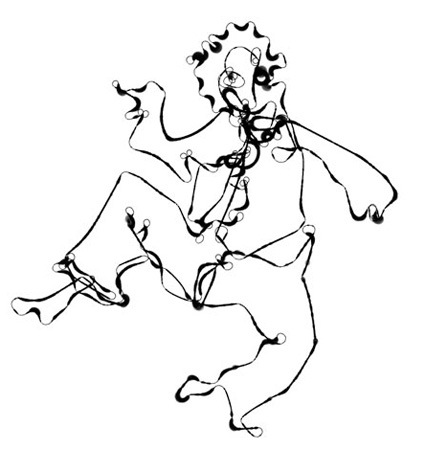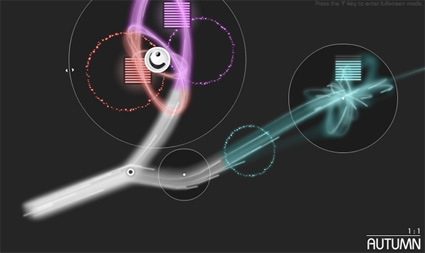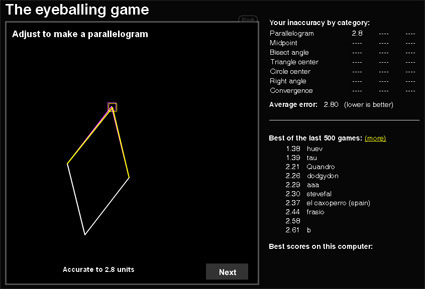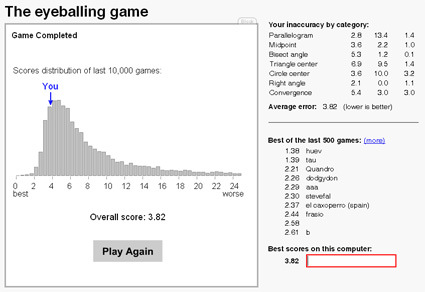
Tweenbots is an interesting (not to mention adorable) project testing the kindness of the general (New York) population towards a robot:
In New York City, we are very occupied with getting from one place to another. I wondered: could a human-like object traverse sidewalks and streets along with us, and in so doing, create a narrative about our relationship to space and our willingness to interact with what we find in it? More importantly, how could our actions be seen within a larger context of human connection that emerges from the complexity of the city itself?
All it does is to roll in a straight line at constant speed. It, however, has a flag on top showing the desired destination. Thus, when released from one location, all it can do is to depend on kindred strangers to turn it towards the correct direction.


Tada – the diagram shows Tweenbot’s successful navigation at the Washington Square Park, taking 42 minutes and 29 people’s assistance to get from one corner to the other.
I’d say that the robot is too adorable to give a real test on the people’s kindness level though – make it look wholly unremarkable, and maybe we’d have a different results.
Check out the Tweenbots site – videos of Tweenbot’s view and more robots in the line-up.











